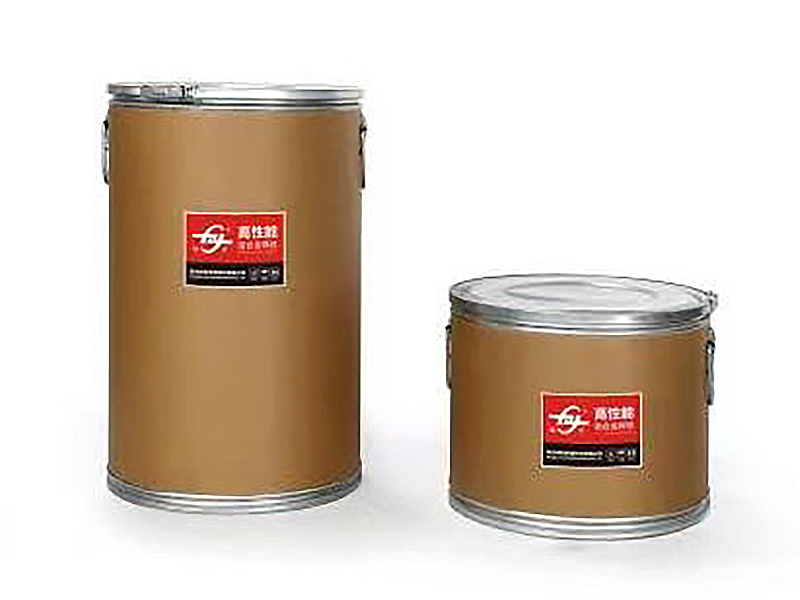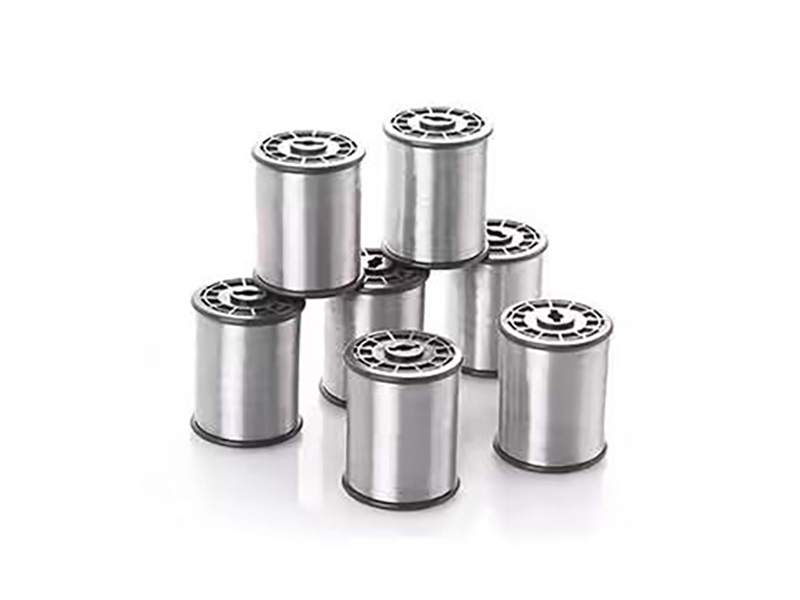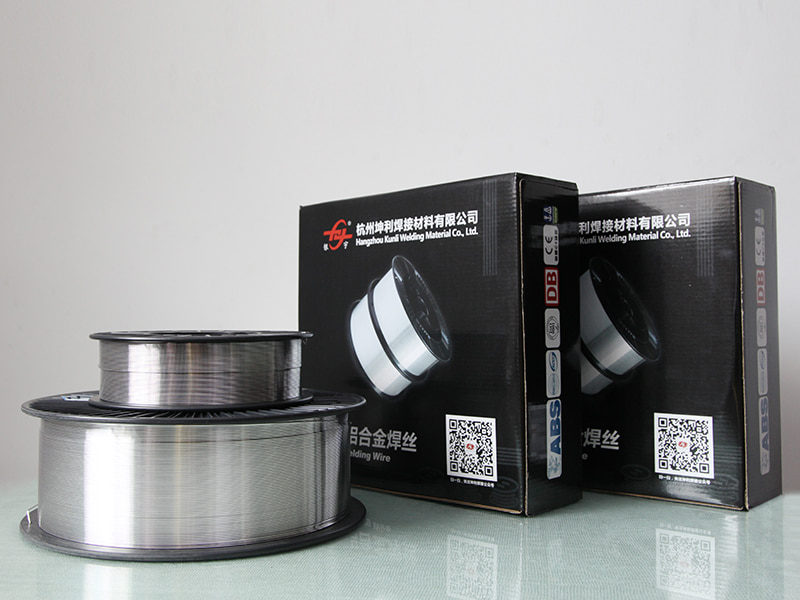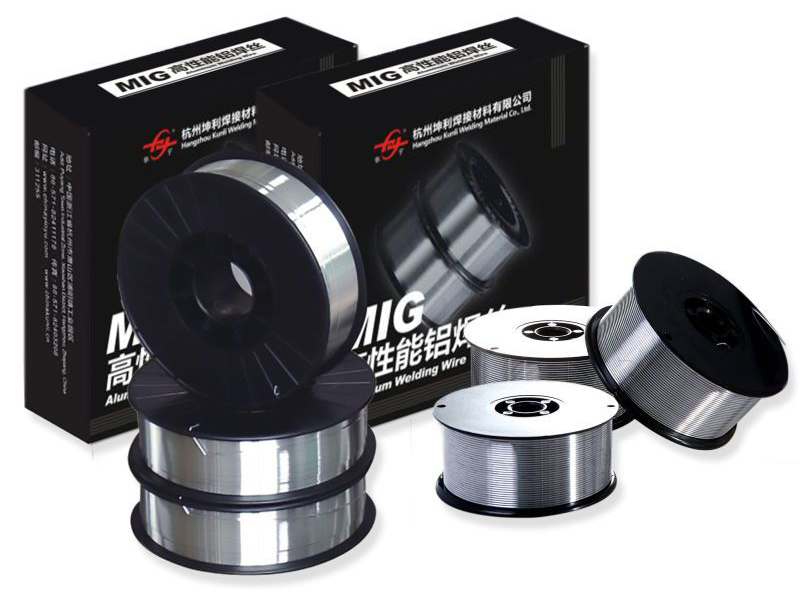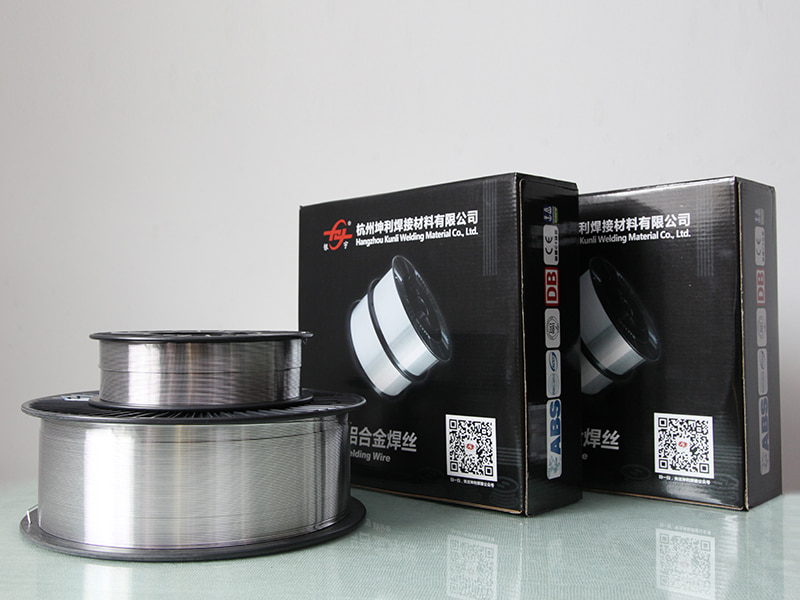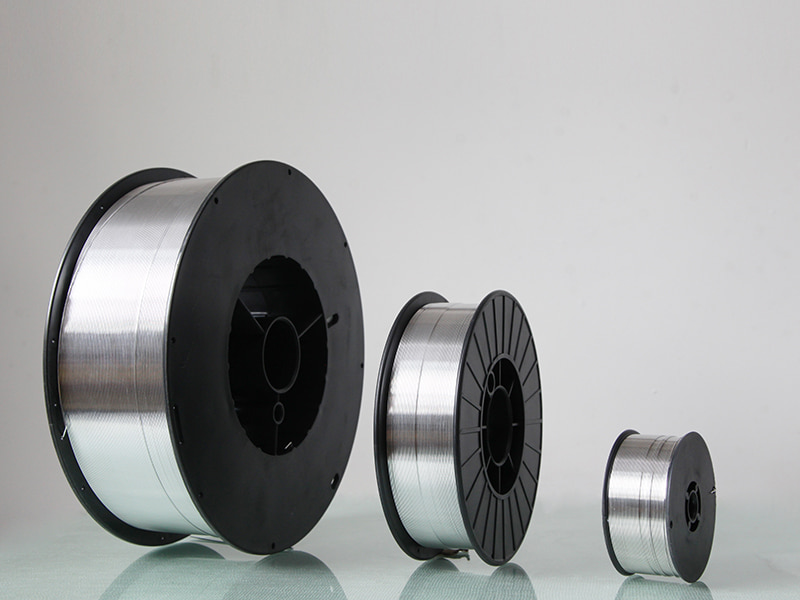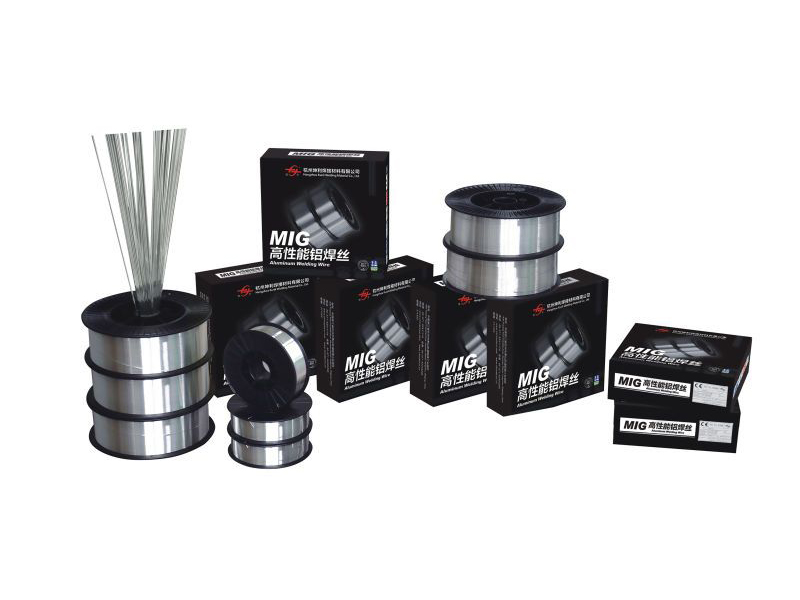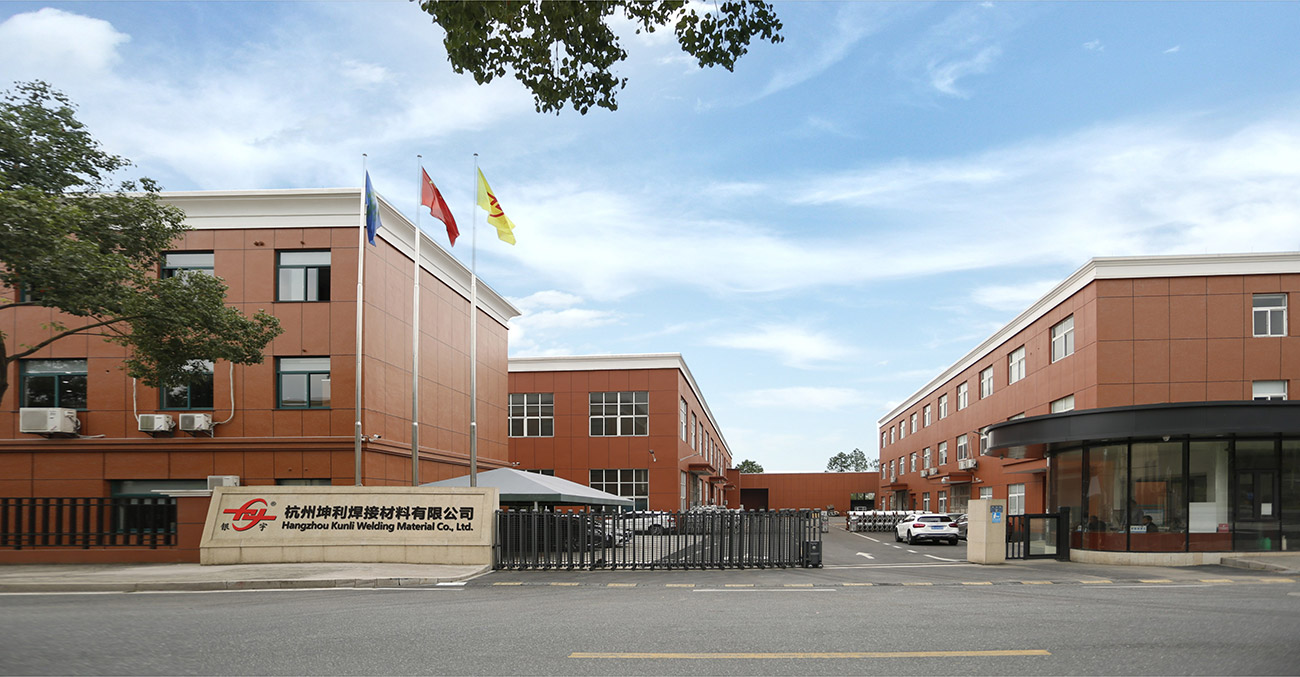Introduction
The construction of modern heat exchangers (used in automotive HVAC, refrigeration, and industrial cooling) requires filler metal that delivers precise heat control and excellent flow characteristics on thin-gauge materials. Our wire for this application is typically small in diameter (0.8mm-1.2mm) and based on Al-Si alloys like ER4043, which are optimized for low-amperage, high-speed welding. The wire features superior cleanliness to minimize porosity and ensure leak-tight joints, which is crucial for pressure-containing heat exchange systems.
Specification
| Key Property | Excellent fluidity, Low melting point, High cleanliness |
| Material Focus | ER4043 (Al-Si), and specialized Al-Si-Mn alloys |
| Diameter | Typically 0.8mm, 1.0mm, and 1.2mm for thin gauge |
| Process Focus | Pulsed MIG, High-speed robotic welding |
| Integrity | Guaranteed low porosity for pressure integrity |
Applications
Robotic welding of automotive radiators and condensers.
Assembly and repair of aluminum evaporator and condenser coils for HVAC/R units.
Joining of micro-channel plates and tubing in specialized industrial heat recovery systems.
Brazing/welding repairs on aluminum HVAC/R systems where low-temperature flow is critical.
FAQ
- Q: Why is ER4043 often preferred over ER5356 for heat exchangers?
- A: ER4043 (Al-Si) has a lower melting temperature and superior fluidity, which is ideal for welding thin-gauge components and cast aluminum parts, minimizing the risk of burn-through.
- Q: How do you prevent porosity in wire used for pressure-critical welds?
- A: We utilize multi-stage chemical cleaning, rigorous deoxidation during production, and immediate vacuum/moisture-proof sealing to minimize surface oxides and trapped moisture (a source of hydrogen porosity).
 English
English Deutsch
Deutsch
 English
English Deutsch
Deutsch

